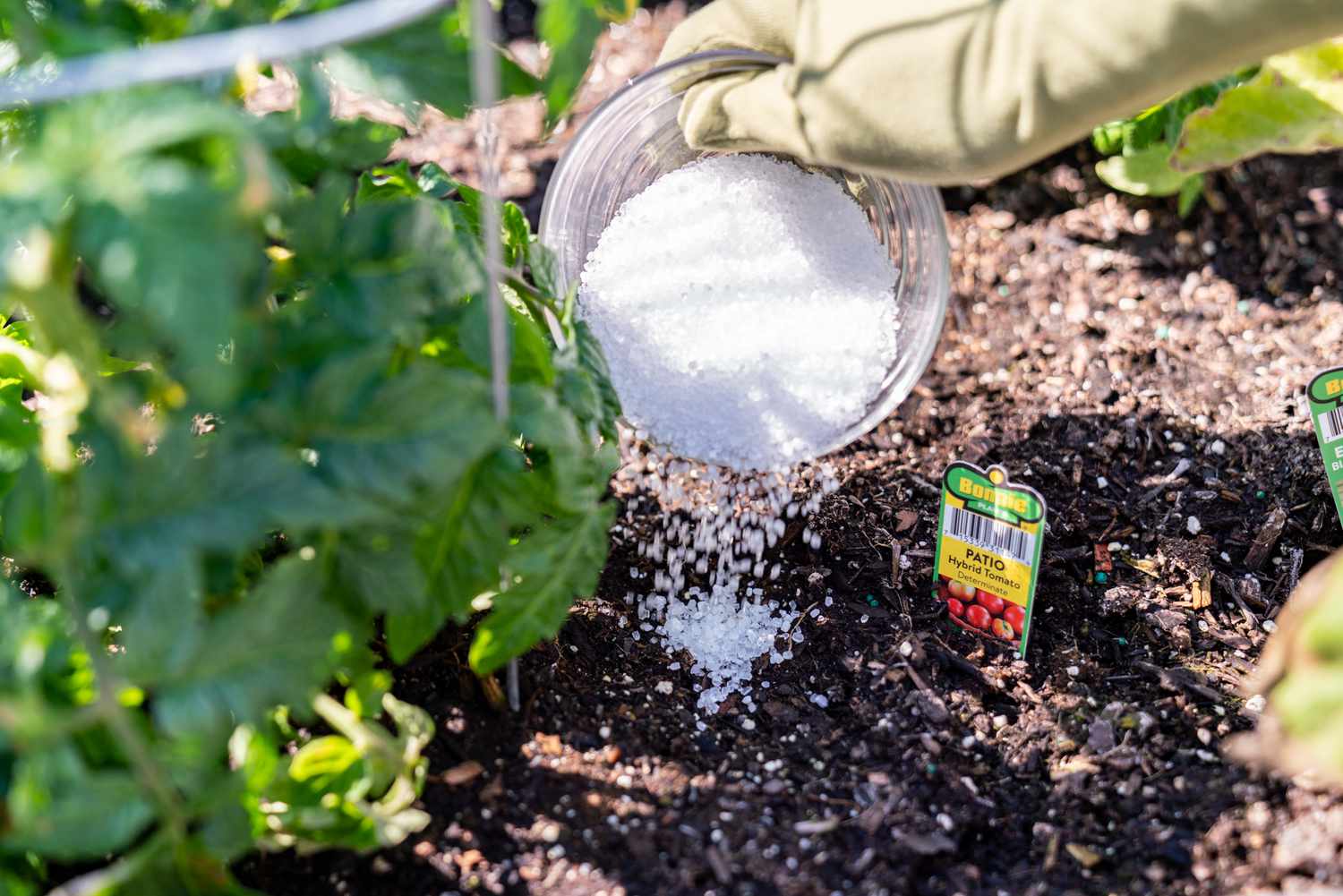

Articles
How To Use Epsom Salt In The Garden
Modified: August 28, 2024
Learn how to incorporate Epsom salt into your gardening routine to promote healthy plants and improve soil quality. Discover the many benefits of using Epsom salt in the garden.
(Many of the links in this article redirect to a specific reviewed product. Your purchase of these products through affiliate links helps to generate commission for Storables.com, at no extra cost. Learn more)
Introduction
Gardening is not only a popular hobby but also a therapeutic activity enjoyed by many. Whether you have a sprawling backyard garden or a small balcony space, nurturing plants and watching them thrive brings a sense of joy and satisfaction. To enhance the growth and health of your plants, you may have considered using various additives and fertilizers. One such versatile and cost-effective option is Epsom salt.
Epsom salt, also known as magnesium sulfate, has been used for centuries as a natural remedy for various ailments. However, its benefits extend beyond human health and can greatly contribute to the success of your garden. This article will delve into the benefits of using Epsom salt in the garden and provide practical tips on incorporating it into your gardening routine.
But first, you may be wondering: what exactly is Epsom salt and why is it beneficial for plants? Epsom salt gets its name from the town of Epsom in England, where it was first discovered. It is a naturally occurring mineral compound consisting of magnesium, sulfur, and oxygen. Magnesium is a vital nutrient for plant growth, playing a crucial role in chlorophyll production, enzyme activity, and nutrient absorption. Sulfur, on the other hand, contributes to the development of healthy root systems and aids in the synthesis of proteins.
Now that you have a better understanding of what Epsom salt is and how it benefits plants, let’s explore its applications in the garden. From soil preparation to fertilizer and pest control, Epsom salt can be a valuable addition to your gardening toolkit. However, it is essential to use it judiciously and follow some precautions to avoid potential harm to your plants. Read on to learn more about the various uses of Epsom salt in gardening and the best practices for its application.
Key Takeaways:
- Boost plant health and growth with Epsom salt, a versatile mineral compound rich in magnesium and sulfur. From nutrient absorption to pest control, it’s a cost-effective addition to your gardening toolkit.
- Remember, moderation is key when using Epsom salt in your garden. Conduct a soil test, follow dosage guidelines, and prioritize overall plant health for optimal results. Happy gardening!
Read more: How To Use Epsom Salt Without A Bathtub
Benefits of Using Epsom Salt in the Garden
Using Epsom salt in your garden can provide a wide range of benefits for your plants. Here are some of the key advantages:
- Promotes nutrient absorption: Epsom salt is a rich source of magnesium, which plays a crucial role in plant nutrition. By incorporating Epsom salt into your soil, you can improve the absorption of essential nutrients such as nitrogen, phosphorus, and potassium. This, in turn, enhances the overall health and vigor of your plants.
- Increases chlorophyll production: Magnesium is a key component of chlorophyll, the pigment responsible for photosynthesis. By providing plants with an adequate supply of magnesium through Epsom salt, you can boost chlorophyll production, resulting in healthier and greener foliage.
- Enhances plant growth: The presence of magnesium in Epsom salt contributes to cellular growth and division. This promotes robust root development, strong stems, and lush foliage. It also helps plants withstand environmental stressors, such as extreme temperatures or drought conditions.
- Improves flower blooming and fruiting: Epsom salt can have a positive impact on flowering and fruiting plants. Magnesium aids in the formation of flower buds and helps plants produce vibrant and abundant blooms. It also enhances fruit development and can lead to larger, juicier, and more flavorful harvests.
- Corrects magnesium deficiency: Many soils are naturally deficient in magnesium, which can negatively affect plant health. Epsom salt acts as a quick and effective remedy for magnesium deficiency, preventing common issues such as yellowing leaves, stunted growth, and poor fruit set.
- Detoxifies and improves soil structure: Epsom salt has the ability to detoxify the soil from excess salts and heavy metals. It can also improve the soil structure by loosening compacted soil and enhancing its drainage capabilities. This creates a favorable environment for root growth and enables plants to access nutrients more efficiently.
When using Epsom salt in your garden, it’s important to remember that moderation is key. While magnesium is essential for plant growth, an excessive amount can lead to imbalances and have adverse effects. It’s recommended to conduct a soil test to determine if your soil lacks magnesium before applying Epsom salt. Additionally, it’s advisable to consult gardening experts or extension services for specific recommendations based on your plant varieties and soil conditions.
Now that you understand the benefits of using Epsom salt in your garden, let’s explore how to prepare the soil and apply it effectively in the next section.
Precautions and Safety Measures
While Epsom salt can provide numerous benefits to your garden, it’s important to take certain precautions and safety measures when using it. Here are some key points to keep in mind:
- Quantity: Always follow the recommended dosage of Epsom salt for your specific plants and soil conditions. Applying too much can lead to nutrient imbalances and harm your plants. A general guideline is to use 1-2 tablespoons of Epsom salt per gallon of water or one tablespoon per square foot of planting area.
- Timing: It’s best to apply Epsom salt during the early stages of plant growth or when plants are actively growing. This allows them to utilize the magnesium effectively. Avoid applying Epsom salt during dormant periods or in extremely hot weather, as it can cause leaf burn or stress to the plants.
- Dissolving: When using Epsom salt as a foliar spray or in irrigation water, make sure to dissolve it completely. This ensures even distribution and prevents potential clogging of sprayers or irrigation systems. Stir the Epsom salt into water until it dissolves completely before applying.
- Leaf application: While foliar spraying can be an effective way to provide plants with magnesium, it’s important to avoid spraying in direct sunlight or on hot leaves. This can cause scorching or damage to the foliage. It’s best to apply foliar sprays during a cooler part of the day or in the early morning or evening.
- Rinse foliage: After applying Epsom salt as a foliar spray, it’s recommended to rinse the foliage with clean water the next day. This helps prevent any potential build-up of salts on the leaves, which can lead to leaf burn or discoloration.
- Children and pets: Keep Epsom salt and any Epsom salt solutions out of the reach of children and pets. While Epsom salt is generally safe, ingestion can cause discomfort or digestive issues. If accidental ingestion occurs, contact a medical professional or poison control center immediately.
- Storage: Store Epsom salt in a cool, dry place, away from moisture and direct sunlight. This ensures its stability and prevents clumping or deterioration. Be sure to keep it in a sealed container to maintain its quality over time.
By following these precautions and safety measures, you can effectively and safely incorporate Epsom salt into your gardening routine. Now, let’s move on to understanding how to prepare the soil and apply Epsom salt for optimal results.
Soil Preparation and Epsom Salt Application
Preparing the soil properly and applying Epsom salt in the right way are crucial for ensuring its effectiveness in your garden. Here are some steps to follow:
- Soil Testing: Before applying Epsom salt, it’s important to conduct a soil test to determine if your soil lacks magnesium. This will help you determine the appropriate dosage and whether Epsom salt is necessary. Soil testing kits are readily available at garden centers or you can send a soil sample to a professional laboratory for analysis.
- Soil Amendments: Based on the soil test results, you may need to amend your soil with other nutrients or organic matter to create an optimal growing environment for your plants. It’s best to address any deficiencies or imbalances before applying Epsom salt.
- Epsom Salt Application: Once the soil is prepared, you can apply Epsom salt directly to the soil or use it as a foliar spray. For direct application, sprinkle the Epsom salt around the base of the plants, avoiding contact with the leaves. Gently work the salt into the top few inches of soil using a rake or cultivator. Water the plants thoroughly after application to help the salt dissolve and reach the root zone.
- Foliar Spray: To use Epsom salt as a foliar spray, dissolve the recommended amount of Epsom salt in water and transfer the solution to a spray bottle or garden sprayer. Spray the solution onto the leaves, making sure to cover both sides of the foliage. Avoid spraying in direct sunlight or during hot weather to prevent leaf burn. Repeat the foliar spray every 2-4 weeks during the growing season.
- Frequency: It’s generally recommended to apply Epsom salt once or twice a year, depending on your soil conditions and plant needs. Overuse can result in a build-up of magnesium, leading to potential imbalances. Always refer to the specific instructions provided by your soil test results or consult with a gardening expert for guidance.
Remember, Epsom salt should be seen as a supplement rather than a substitute for balanced fertilizers and proper soil management. It’s important to maintain a holistic approach to gardening by providing your plants with a well-balanced diet of essential nutrients along with adequate watering and sunlight.
Now that you know how to prepare the soil and apply Epsom salt, let’s explore its use as a fertilizer in the next section.
Using Epsom Salt as Fertilizer
Epsom salt can be a valuable addition to your fertilizer regimen, providing essential nutrients to promote healthy plant growth. Here’s how you can use Epsom salt as a fertilizer:
- For Transplants: Before transplanting seedlings or young plants into the garden, mix a tablespoon of Epsom salt into the planting hole. This will help reduce transplant shock and encourage strong root development.
- As Side Dressing: During the growing season, you can use Epsom salt as a side dressing fertilizer. Sprinkle a tablespoon of Epsom salt around the base of each plant, keeping it a few inches away from the stem. Lightly work the salt into the top layer of soil and water thoroughly.
- Incorporating into Soil Amendments: When preparing a soil amendment mix, such as compost or potting soil, you can add Epsom salt to provide magnesium and sulfur to the growing medium. Mix a tablespoon or two of Epsom salt per gallon of the soil amendment mix.
- Foliar Spray: As mentioned earlier, you can use a foliar spray of Epsom salt to supply nutrients directly to the leaves. Dissolve two tablespoons of Epsom salt in a gallon of water and spray the solution onto the foliage. This method allows plants to absorb magnesium quickly.
- Frequency: The frequency of Epsom salt application as a fertilizer can vary depending on the plants and soil conditions. Generally, it’s recommended to apply Epsom salt every 4-6 weeks during the growing season. However, it’s important to assess the specific needs of your plants and adjust the frequency accordingly.
When using Epsom salt as a fertilizer, it’s important to monitor your plants for any signs of nutrient deficiencies or imbalances. Pay attention to the overall health, growth rate, and appearance of the foliage. Adjust the dosage or frequency of Epsom salt application as needed based on the specific requirements of your plants.
Remember that Epsom salt should not be used as a standalone fertilizer. It’s best to combine it with a well-balanced fertilizer that provides other essential nutrients like nitrogen, phosphorus, and potassium. This will ensure your plants receive a complete and balanced diet for optimal growth and development.
In the next section, we will explore how Epsom salt can be used for pest control in the garden.
Mix 2 tablespoons of Epsom salt with 1 gallon of water and use it to water your plants to provide magnesium and sulfur, which can promote healthy growth.
Read more: What Does Epsom Salt Do For Lawns
Epsom Salt Spray for Pest Control
Epsom salt can also be used as a natural and non-toxic solution to control pests in your garden. Here’s how you can make and use an Epsom salt spray:
- Recipe: In a spray bottle, combine two tablespoons of Epsom salt with a gallon of water. Mix well until the salt dissolves completely. You can also add a few drops of dish soap, which helps the solution adhere to the leaves better.
- Application: Spray the Epsom salt solution directly onto the foliage of plants affected by pests. Ensure thorough coverage, targeting the undersides of leaves where pests often hide. Repeat the application every 1-2 weeks or as needed until the pest problem is under control.
- Pest Control: Epsom salt spray can be effective against a variety of common garden pests, including aphids, spider mites, and certain caterpillars. It works by dehydrating and suffocating the pests, making it difficult for them to feed and breed.
- Preventive Treatment: You can also use Epsom salt spray as a preventive measure to deter pests from your garden. Regularly spray the solution on the leaves of susceptible plants to create a barrier and deter pests from infesting your plants.
- Cautions: While Epsom salt spray is generally safe and non-toxic to most plants, it’s important to do a patch test on a small portion of the plant before applying it extensively. Some sensitive plants may show signs of leaf burn or other adverse reactions. If any negative effects occur, discontinue use immediately.
- Integrated Pest Management: Keep in mind that Epsom salt spray should be used as part of an integrated pest management (IPM) approach, which includes maintaining good garden hygiene, attracting beneficial insects, and using other organic pest control methods. Combining these practices will lead to better overall pest management in your garden.
Epsom salt spray is an eco-friendly and cost-effective alternative to chemical-based pesticides. It’s important to note that while Epsom salt can help control certain pests, it may not be effective against all types of garden pests. In cases of severe infestations or persistent pest problems, it’s recommended to consult with local gardening experts or extension services for additional guidance and solutions.
In the next section, we will explore how Epsom salt can be used for seed starting in your garden.
Epsom Salt for Seed Starting
Epsom salt can be a beneficial additive for seed starting, aiding in the germination and early growth of seeds. Here’s how you can use Epsom salt for seed starting:
- Seed Treatment: Before planting your seeds, you can soak them in a solution of water and Epsom salt to help stimulate germination. Mix one tablespoon of Epsom salt with one gallon of water and let the seeds soak for 12-24 hours. This can help speed up seed germination and encourage healthy seedling growth.
- Transplant Health: When transplanting seedlings into larger containers or the garden, you can add Epsom salt to the planting hole. Mix a tablespoon of Epsom salt into the soil beneath each seedling to provide a boost of magnesium. This can help establish strong and vigorous root systems.
- Foliar Spray: As seedlings grow, you can use a diluted Epsom salt solution as a foliar spray. Spray the solution onto the leaves, making sure to cover both sides of the foliage. This provides the young seedlings with essential nutrients and supports their overall growth and development.
- Frequency: It’s recommended to use Epsom salt for seed starting and transplanting as a one-time treatment. Once the seeds have germinated and the seedlings are established, other nutrients and watering practices should provide the necessary support for their ongoing growth.
Remember to carefully follow the recommended dosage and guidelines for using Epsom salt in seed starting. Excessive use of Epsom salt can lead to nutrient imbalances and hinder the growth of your seedlings. It’s important to maintain a well-balanced approach to seed starting by providing adequate light, moisture, and appropriate growing conditions.
Incorporating Epsom salt into your seed starting routine can enhance the success of germination and promote healthy seedling growth. However, it’s important to note that Epsom salt alone cannot guarantee successful seed starting. It should be used in conjunction with proper seed selection, quality soil, and other best practices for optimal results.
In the next section, we will explore how Epsom salt can benefit the process of transplanting your plants.
Epsom Salt for Transplanting
When it comes to transplanting plants, whether it’s moving seedlings to larger containers or transferring them into the garden, Epsom salt can play a beneficial role in ensuring successful transplanting and supporting the continued growth of your plants. Here’s how you can use Epsom salt for transplanting:
- Preparation: Prior to transplanting, you can incorporate Epsom salt into the soil to provide a boost of magnesium. Mix a tablespoon of Epsom salt into the soil in the planting hole or the container where you’ll be transplanting your plants. This helps improve nutrient availability and enhances the overall health of the plants.
- Watering: After transplanting, water the newly transplanted plants with a solution of water and Epsom salt. Dissolve one tablespoon of Epsom salt in a gallon of water and carefully water the plants at the base. This helps reduce transplant shock and encourages root development in the new location.
- Root Development: Epsom salt aids in root development and can support the growth of a strong and healthy root system. The added magnesium helps plants absorb nutrients more efficiently, leading to improved overall plant health and vitality.
- Stress Reduction: Transplanting can be stressful for plants as they adjust to their new environment. Epsom salt can help alleviate this stress by providing essential nutrients and promoting proper nutrient uptake. This can lead to a smoother and faster transition for the plants.
- One-Time Treatment: Epsom salt application during transplanting should be seen as a one-time treatment rather than a continuous practice. Once the plants have adjusted and started to establish themselves, regular fertilization and maintaining optimal growing conditions are key to their ongoing health and growth.
Transplanting can be a critical phase in a plant’s life cycle, and using Epsom salt can provide an extra boost to ensure their successful establishment. However, it’s important to note that proper handling, minimizing root disturbance, and providing appropriate care after transplanting are equally important for the long-term success of your plants.
In the final section, we will explore the benefits of using Epsom salt in composting.
Epsom Salt for Composting
Epsom salt can be a valuable addition to your composting process, promoting nutrient availability and enriching the quality of your compost. Here’s how you can use Epsom salt for composting:
- Microbial Activity: Epsom salt contains magnesium, which is essential for the growth and activity of beneficial microbes in the compost pile. These microbes play a crucial role in breaking down organic matter and converting it into nutrient-rich compost. Adding Epsom salt can provide the necessary magnesium to support microbial activity, resulting in faster decomposition and a well-balanced compost pile.
- Magnesium Enrichment: Epsom salt can help enrich the compost with magnesium, which is a vital nutrient for plant growth. As the organic matter decomposes, the magnesium from Epsom salt becomes available to plants when the compost is applied to the soil. This contributes to overall plant health and vitality when using the compost as a soil amendment.
- Application: When adding Epsom salt to your compost pile, sprinkle a handful of Epsom salt over the organic matter layers. Alternatively, you can dissolve Epsom salt in water and pour it over the compost pile. Make sure to mix the Epsom salt into the compost pile to ensure even distribution of nutrients. Repeat the application of Epsom salt every 3-4 months as you build or turn the compost pile.
- pH Balance: Epsom salt can also help balance the pH of your compost. As organic matter breaks down, it can sometimes lead to an acidic pH. Adding Epsom salt, which has a slightly alkaline nature, can help neutralize the acidity and create a more balanced pH level, promoting a healthier composting process.
- Safety Precautions: While Epsom salt is generally safe to use in composting, it’s important to avoid excessive use. Adding too much Epsom salt to the compost pile can disrupt the natural balance of nutrients and potentially harm beneficial organisms. Follow the recommended dosage and consult composting resources or experts for specific guidance.
By incorporating Epsom salt into your composting routine, you can enhance the nutrient content and quality of the final compost. This nutrient-rich compost can then be used to improve soil health, boost plant growth, and promote a thriving garden ecosystem.
As with any composting practice, it’s important to maintain proper composting conditions such as moisture levels, proper carbon-to-nitrogen ratio, and regular turning of the compost pile. This, in combination with the use of Epsom salt, will ensure your composting efforts result in high-quality, nutrient-rich compost for your garden.
Now that we have explored the various uses of Epsom salt in gardening, it’s clear that this mineral compound can benefit your plants in multiple ways. From promoting nutrient absorption and growth to controlling pests and supporting various stages of plant development, Epsom salt is a versatile and cost-effective tool for any gardener’s toolbox. Remember to use it in moderation, following the recommended guidelines, and always prioritize the overall health and needs of your plants for optimal results.
Happy gardening!
Conclusion
Epsom salt, with its rich reserves of magnesium and sulfur, offers a plethora of benefits for your garden. Throughout this article, we explored the various applications of Epsom salt in gardening, ranging from soil preparation and fertilizer use to pest control, seed starting, transplanting, and even composting. By incorporating Epsom salt into your gardening routine, you can enhance nutrient absorption, promote growth and flowering, correct nutrient deficiencies, control pests naturally, and enrich compost quality.
However, it’s important to note that while Epsom salt can provide numerous advantages, it should be used judiciously and in moderation. Excessive use of Epsom salt can lead to nutrient imbalances and harm your plants. It’s vital to conduct a soil test to determine the specific needs of your soil and plants before applying Epsom salt. Consult with gardening experts or extension services for tailored recommendations based on your unique gardening situation.
Remember that Epsom salt is not a cure-all solution for all gardening challenges. It should be seen as a supplement to a well-balanced gardening approach, which includes proper soil management, watering, sunlight exposure, and pest control practices. By implementing a holistic gardening strategy, you can create an optimal environment for your plants to thrive.
Gardening is not just about nurturing plants; it’s a rewarding journey of learning, patience, and passion. By exploring and employing different techniques and tools, such as Epsom salt, you can enhance your gardening experience and achieve beautiful, healthy, and vibrant plants. So grab your gardening gloves and start incorporating the benefits of Epsom salt into your gardening routine. Your plants will surely thank you with their bountiful blooms, lush foliage, and overall vitality. Happy gardening!
Excited to keep your garden thriving with natural solutions? Dive deeper into eco-friendly gardening with our guide on the best natural fertilizer. You'll discover options that not only nourish plants but are also kind to Earth. On another note, dealing with pesky pantry moths can disrupt any home. Don't fret; our expert pest control tips will show you effective ways to ensure these unwelcome guests don't overstay their welcome. Both articles are packed with practical advice to enhance your home and garden effortlessly.
Frequently Asked Questions about How To Use Epsom Salt In The Garden
Was this page helpful?
At Storables.com, we guarantee accurate and reliable information. Our content, validated by Expert Board Contributors, is crafted following stringent Editorial Policies. We're committed to providing you with well-researched, expert-backed insights for all your informational needs.
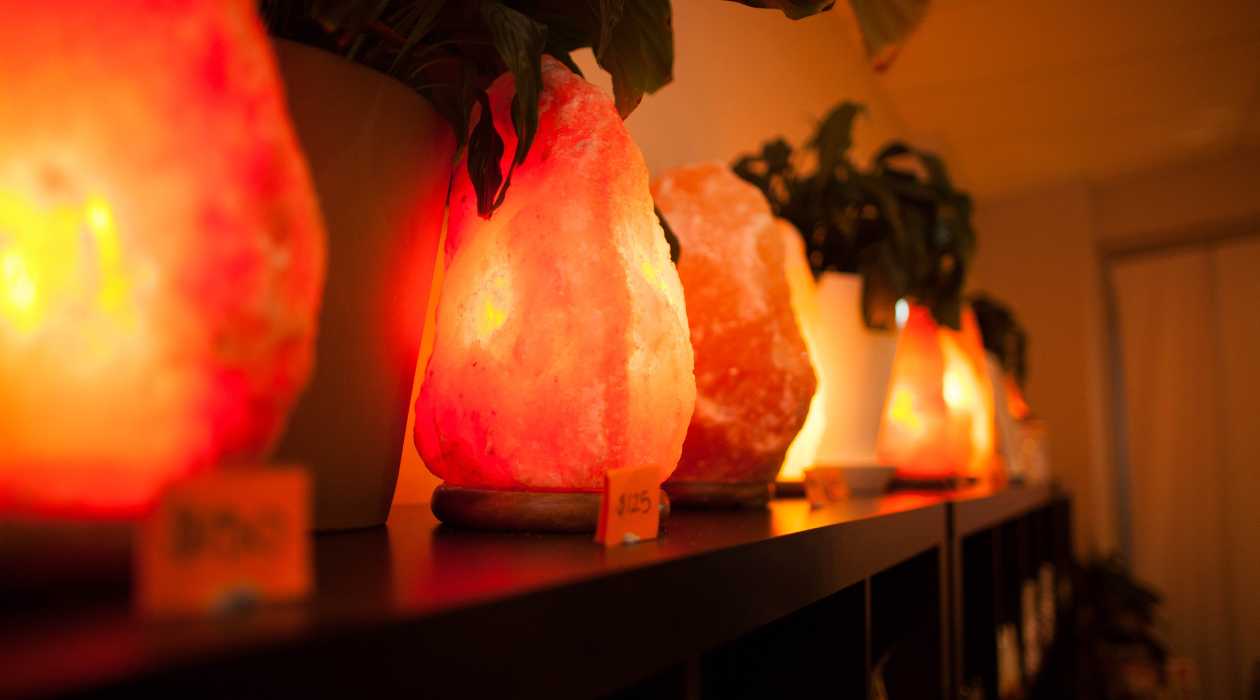
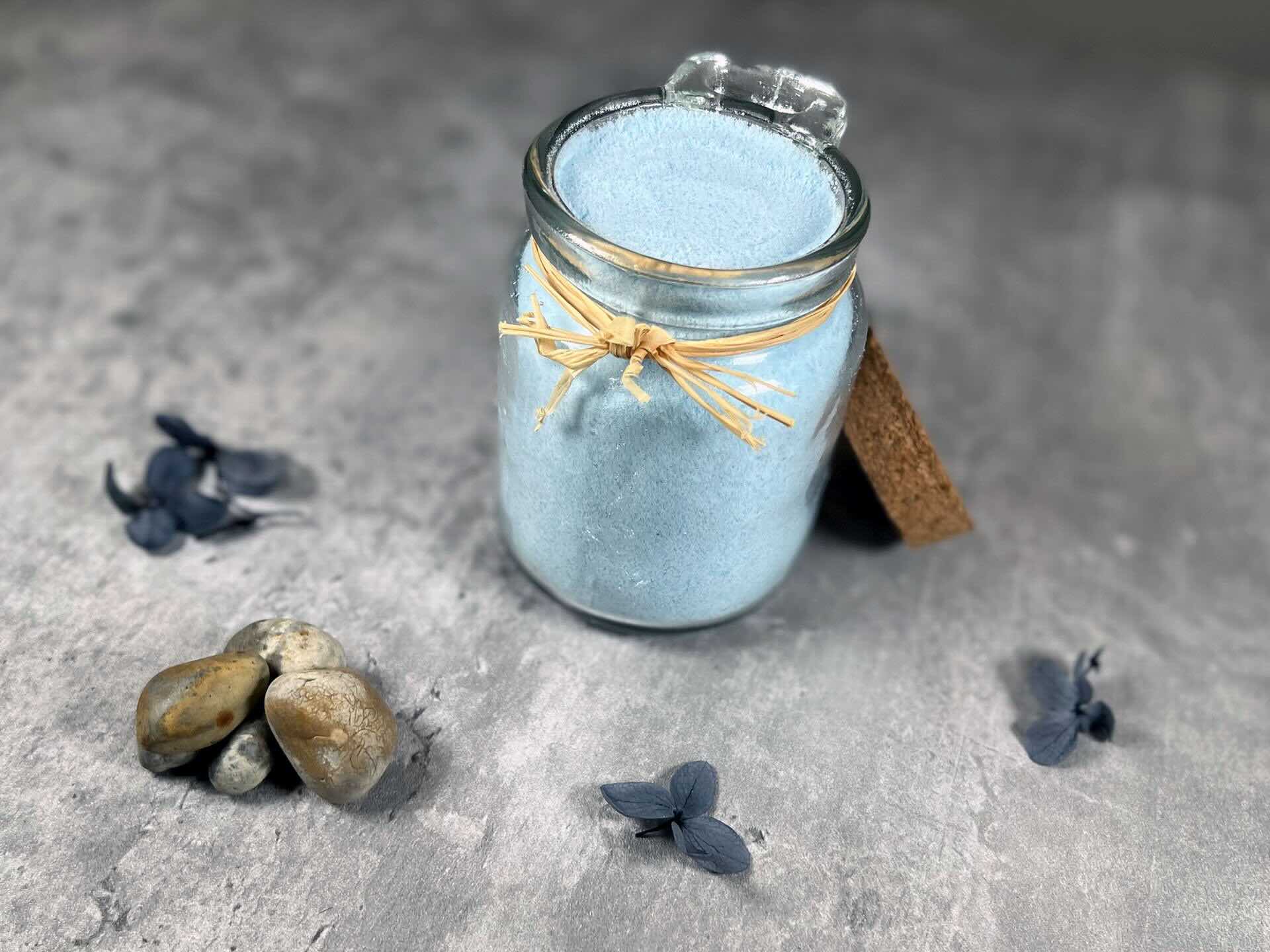
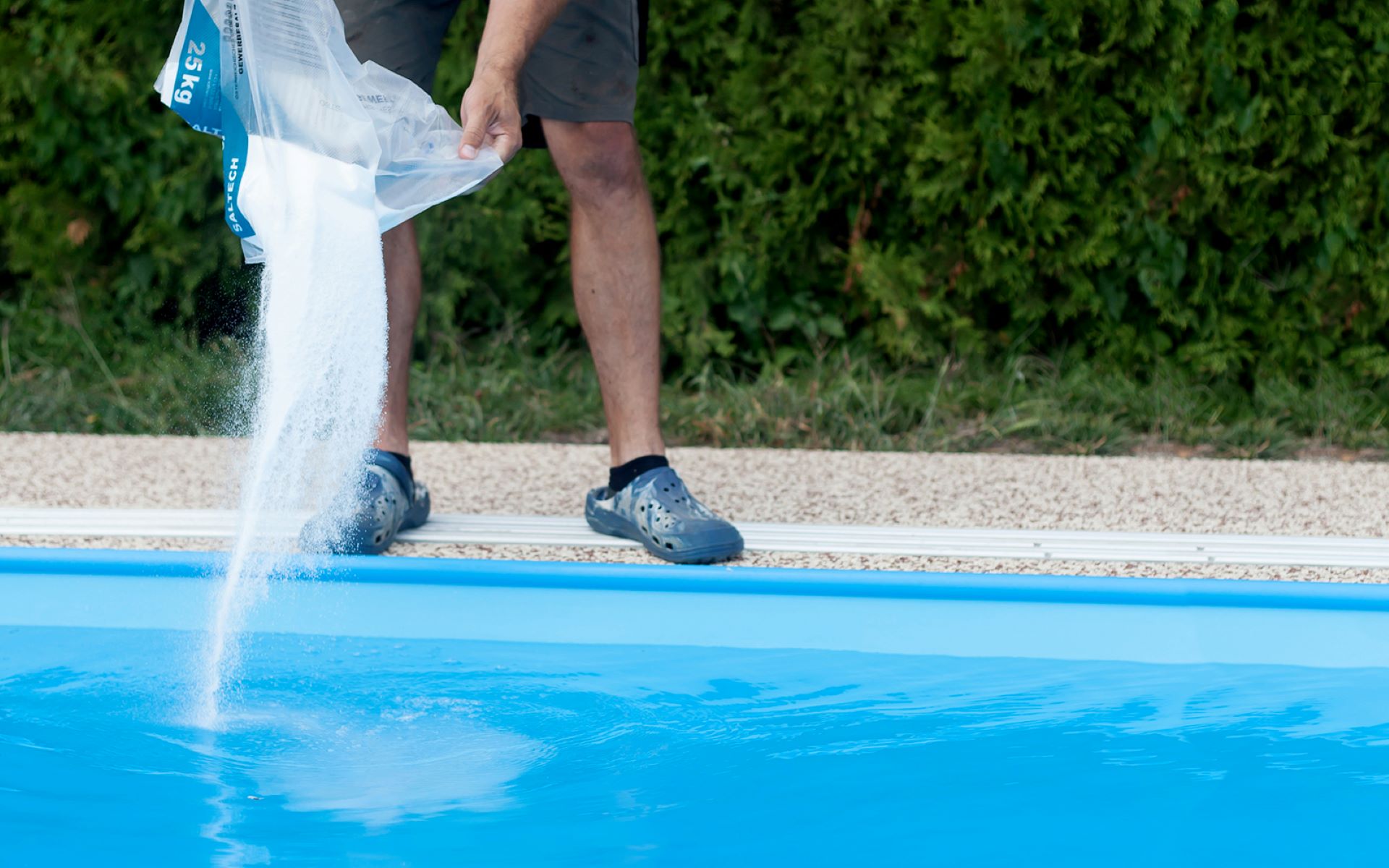
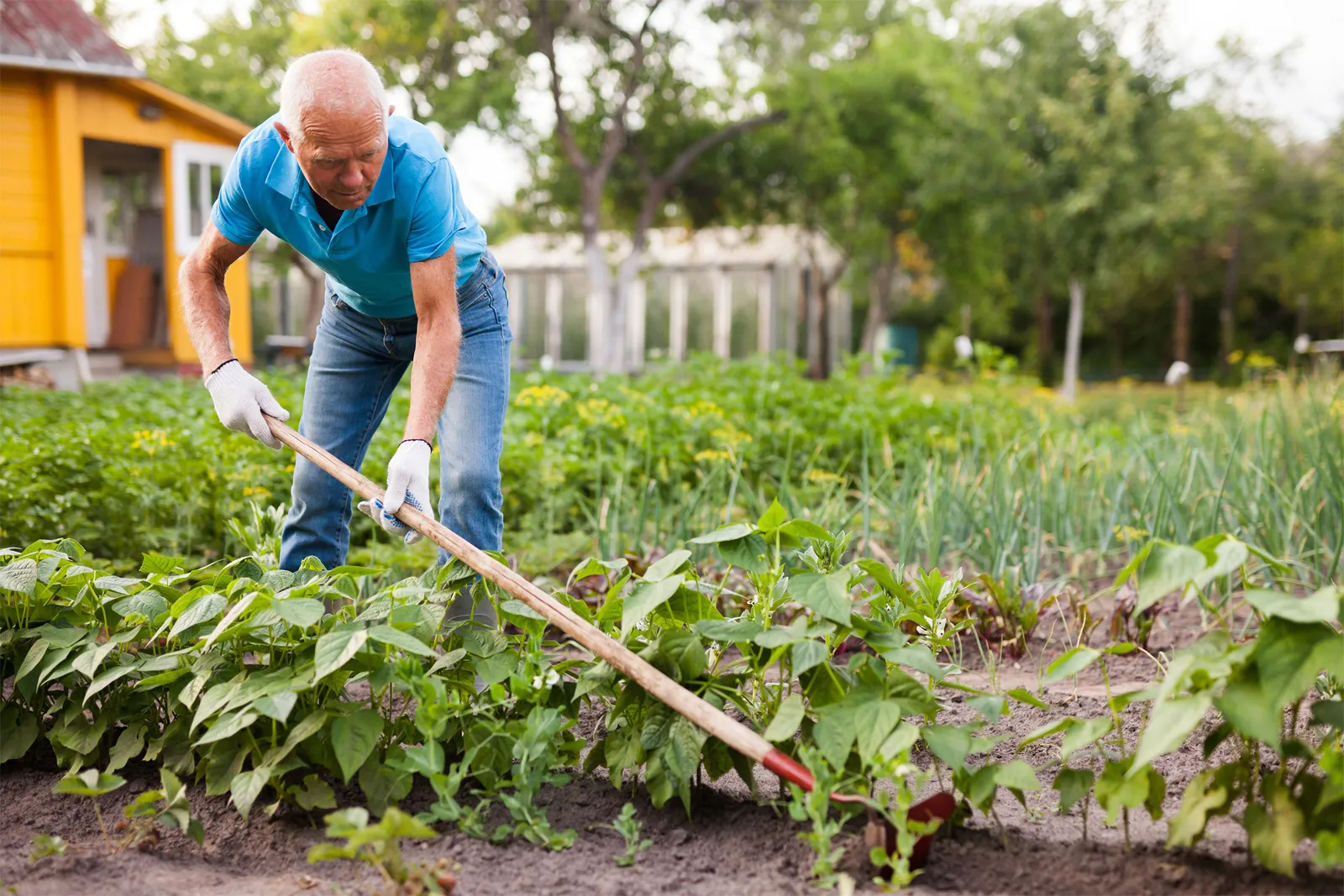
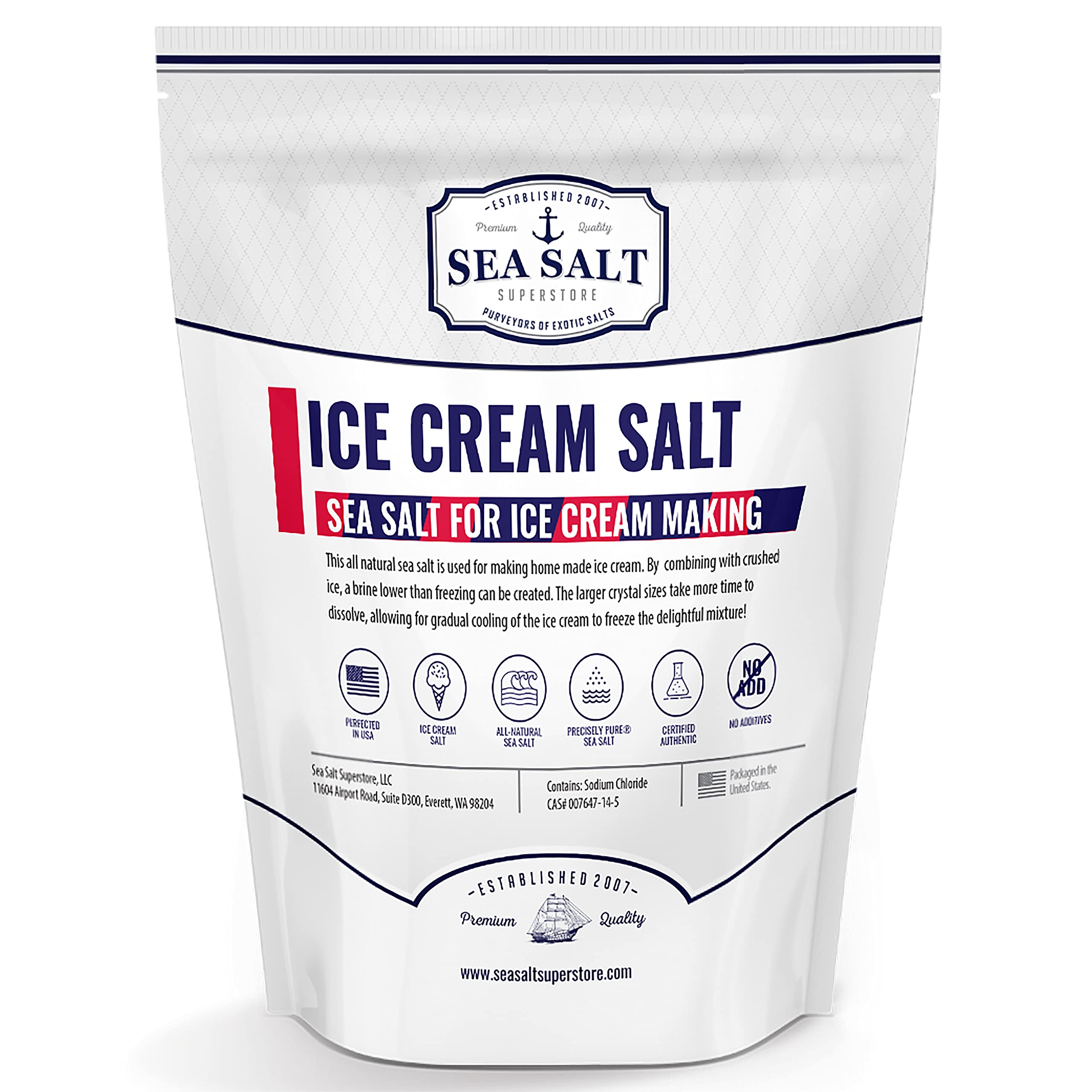

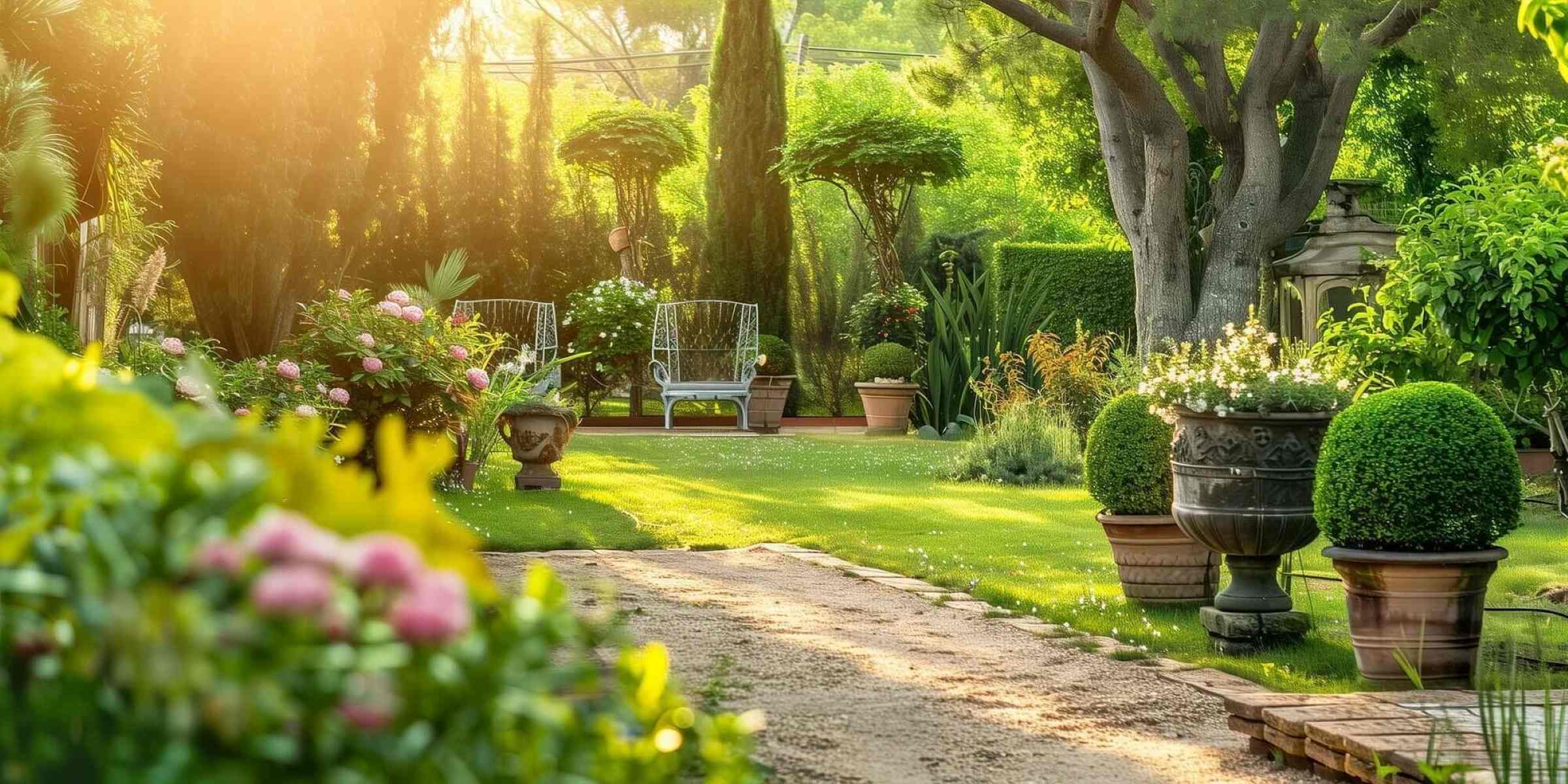
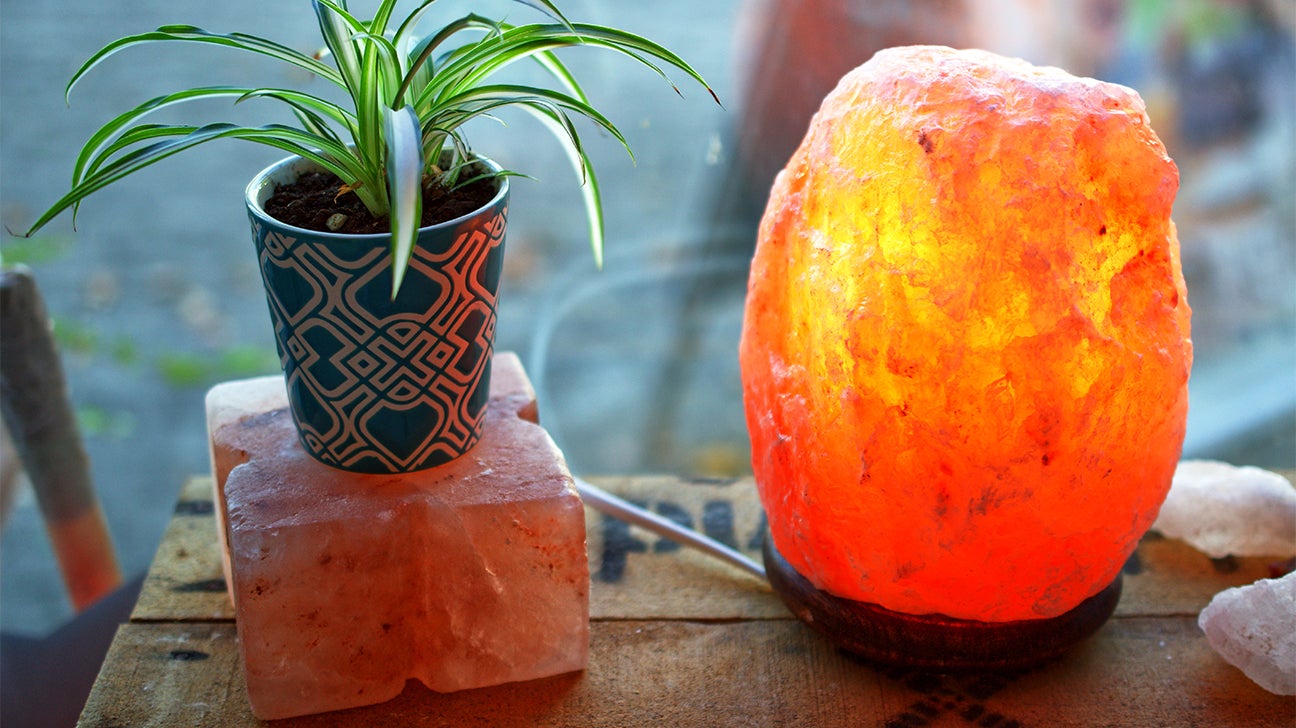
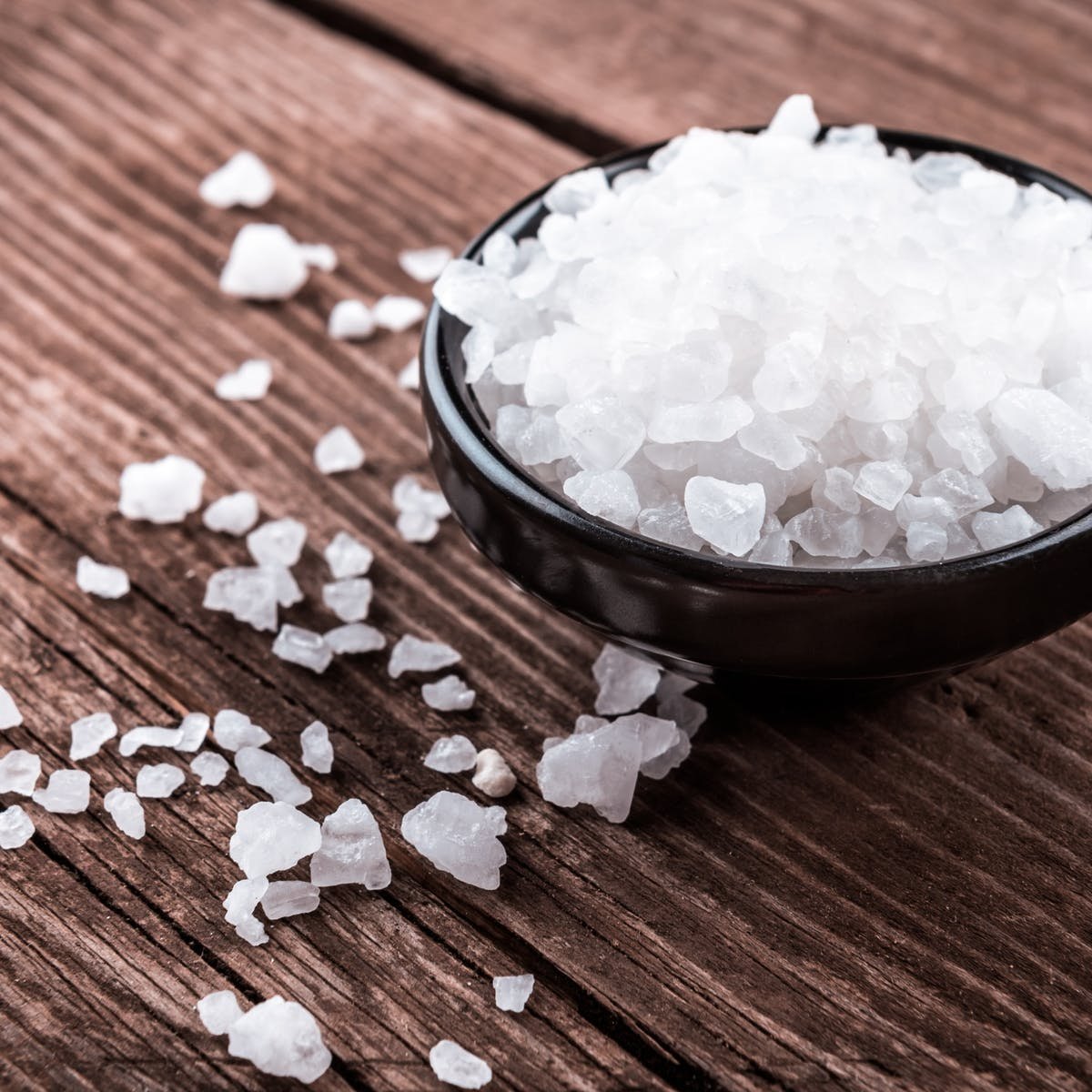
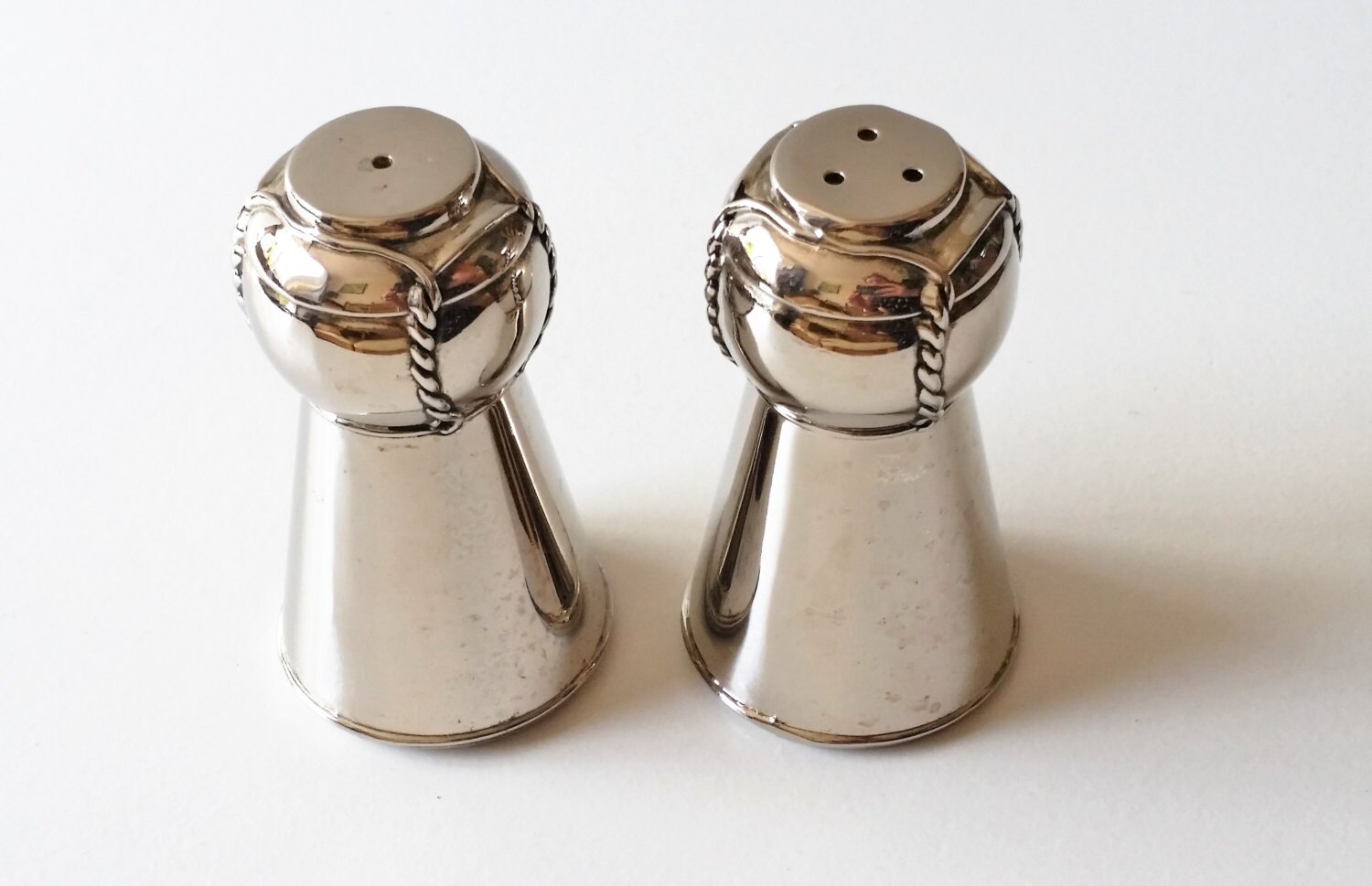
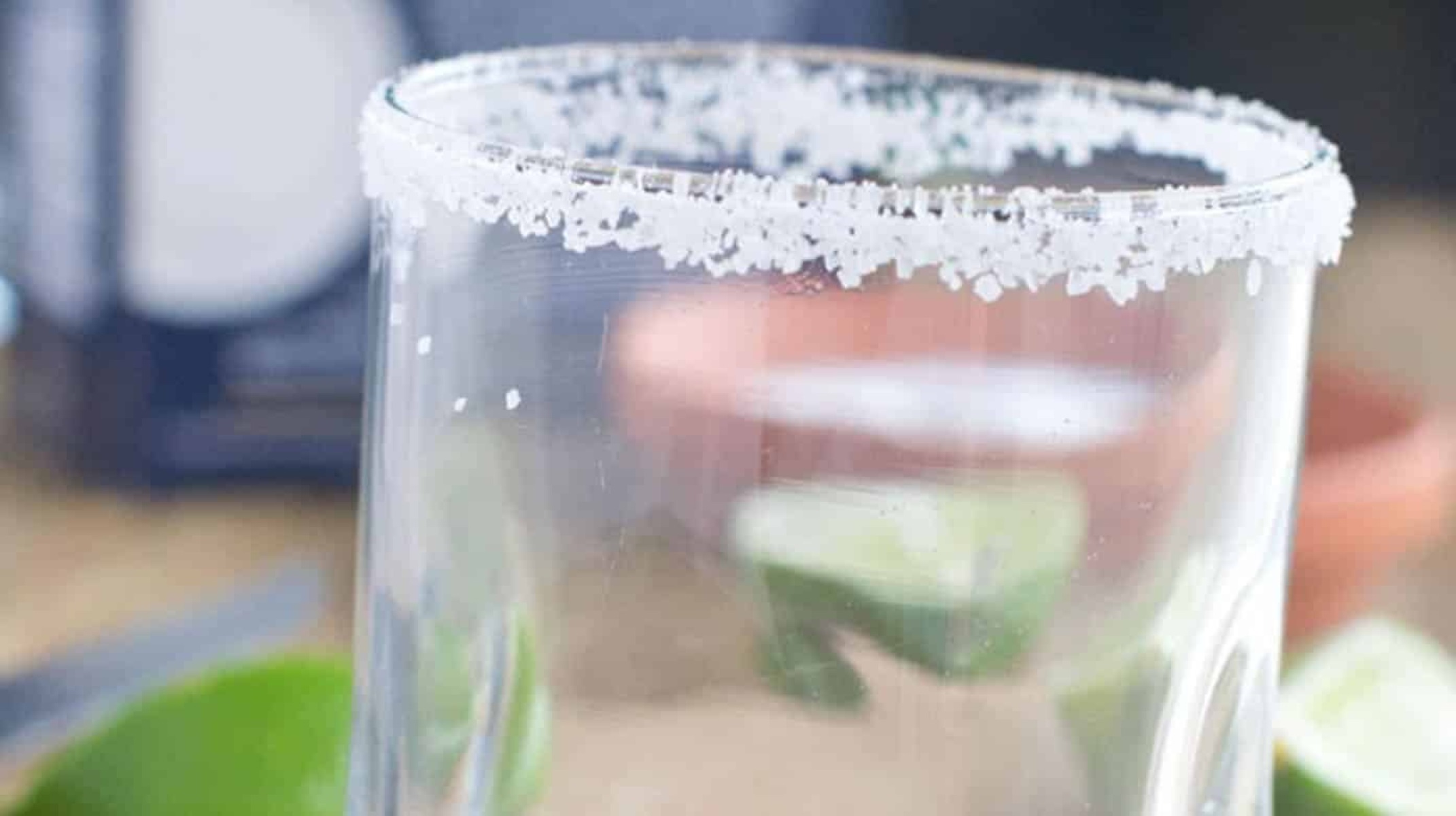
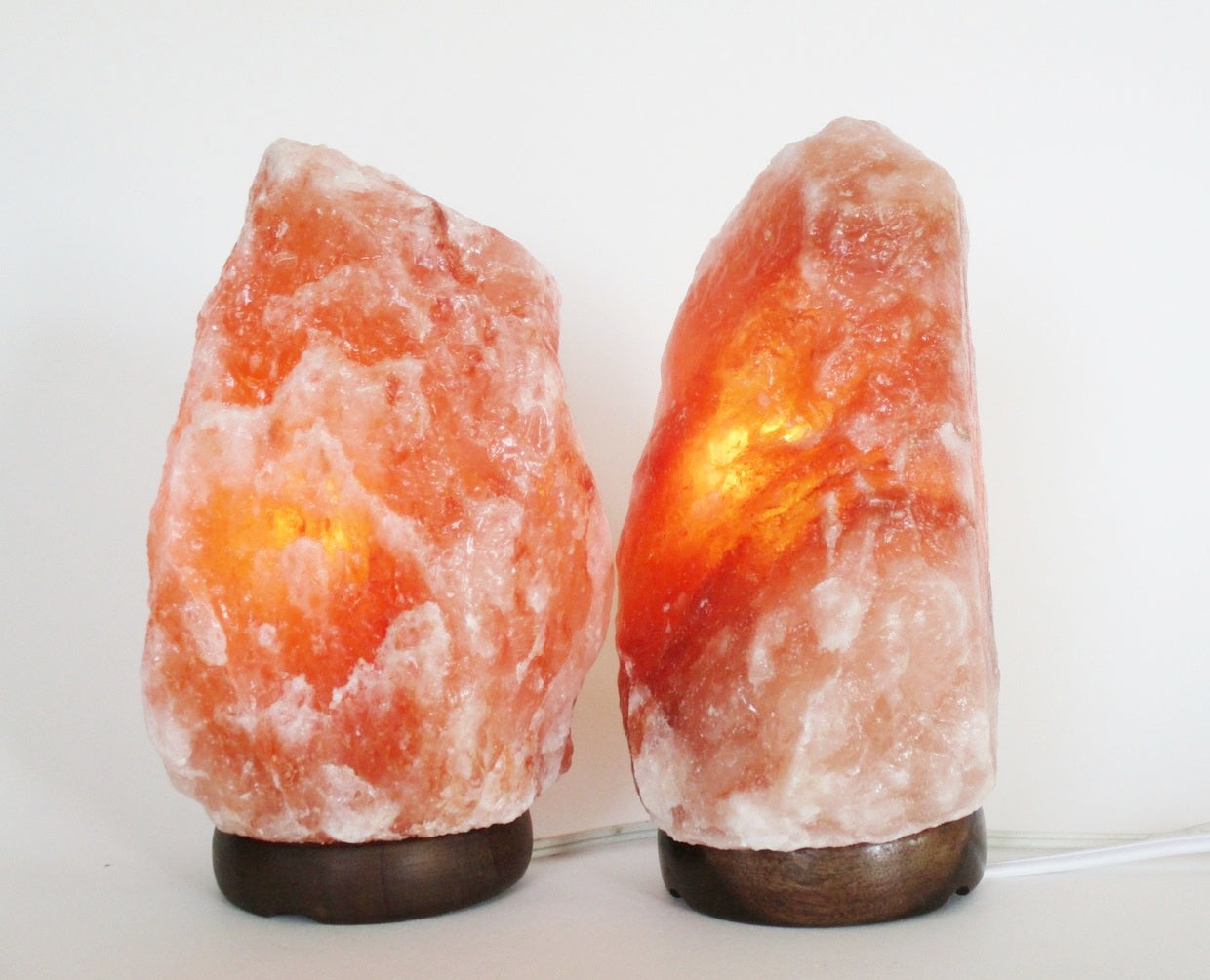


0 thoughts on “How To Use Epsom Salt In The Garden”